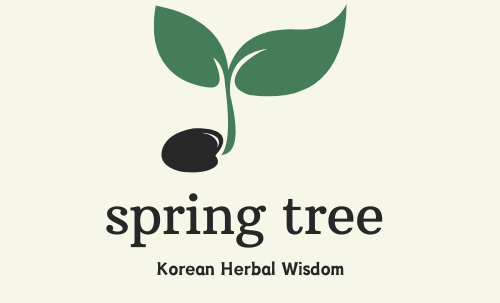Uncover the natural benefits of Haesam, or Prince Ginseng, cherished for enhancing energy, supporting lung health, and promoting overall vitality.
Hello, herbal enthusiasts! Today, we’re exploring Haesam, also known as Prince Ginseng (Taezasam), a gentle yet powerful herb celebrated in traditional herbal medicine. Known for its ability to replenish energy, support the spleen, and hydrate the lungs, Haesam is often used to enhance recovery, improve appetite, and boost overall vitality. If you’re seeking a natural way to increase your energy or support lung health, Haesam could be a wonderful addition to your wellness journey.
Health Benefits of Haesam (Prince Ginseng)
Haesam is particularly valued for its ability to nurture the body’s qi (vital energy) and strengthen the spleen. If you’re feeling weak, especially after an illness or period of stress, Haesam provides a gentle boost to help restore balance. Known for its lung-nourishing properties, it also helps alleviate dry or persistent coughs by promoting natural hydration. For anyone dealing with low appetite or fatigue, Haesam offers comforting support without overwhelming the body.
But that’s not all—Haesam’s ability to maintain fluid balance makes it especially beneficial for those experiencing symptoms like excessive sweating, frequent thirst, or dry mouth. Its gentle, long-term support is ideal for physical and mental recovery, which is why it’s commonly recommended for individuals in need of an overall wellness boost.
Ecology and Characteristics
Haesam is a perennial herb that reaches heights of about 15–20 cm. It has a distinct tuberous, spindle-shaped root that’s packed with beneficial nutrients. The root system includes fleshy tubers and delicate fibrous roots, which support its nutrient profile. This plant generally grows a single, sturdy stem that displays shades of purple and green. The leaves, simple and opposite, gradually increase in size along the stem. Haesam’s flowers bloom in April, and fruiting occurs from May to June.
Medicinal Parts and Harvesting Season
The most valued part of Haesam is its tuberous root, which is harvested in summer when the plant’s leaves and shoots have mostly withered. After the roots are gently unearthed, they’re cleaned, and the fibrous roots are removed before sun-drying to preserve the herb’s full potency.
Taste and Properties
Haesam has a mildly sweet yet slightly bitter flavor and is considered to have neutral energy, making it well-suited for a variety of constitutions. Its balance of warm and cool properties allows Haesam to support both types effectively, providing targeted benefits for the spleen and lungs. It’s an especially good choice for anyone who struggles with low energy, dryness, or a lack of overall vitality.
How to Use Haesam and Tips
The simplest way to use Haesam is by making a gentle tea. To prepare, use 10–30 grams of dried Haesam root in 800 ml of water, then simmer on low heat until the liquid reduces by half. Divide the tea into 2–3 servings throughout the day to maintain energy, soothe a dry cough, and promote balanced hydration. Known for its calming properties, Haesam tea is also perfect for supporting restful sleep.
With regular use, Haesam’s effects become more noticeable. Some enjoy blending it with other herbs, like ginger, to enhance its warming properties, which makes it an even more versatile addition to your wellness toolkit.
Conclusion
With a gentle yet revitalizing approach to lung health, spleen support, and energy enhancement, Haesam—also known as Prince Ginseng—provides a unique path to balance and wellness. Whether you’re seeking better recovery, relief from dry cough, or a general boost in vitality, Haesam offers a gentle and natural way to nurture both body and mind. By incorporating this remarkable herb into your routine, you’re inviting the best of nature’s healing properties into your life.
